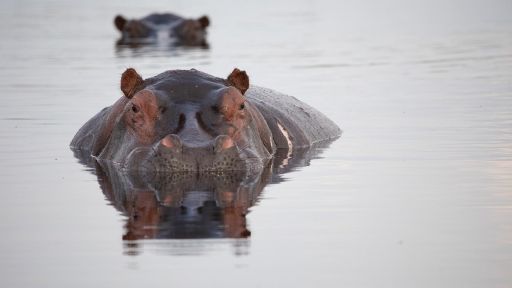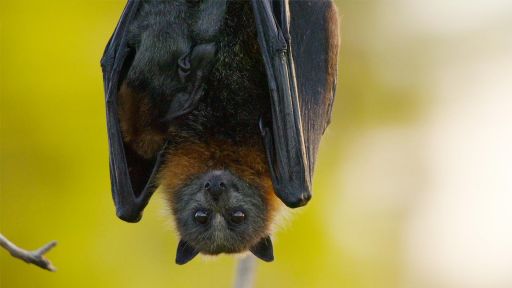While koalas are known for their lazy daytime behavior, the koala cams reveal they are anything but lazy at night. The cameras also capture a male bellowing, which is the first time this behavior has been recorded in such close proximity.
Features
(koala bellowing) - [Speaker 1] Oh wow, that's cool.
- [Narrator] Here is what's known as bellowing.
And this is the first time a koala bellow has been recorded at this proximity.
Dominant males call out like this to advertise themselves to nearby females and allow other males to stay away.
(koala bellowing) Territorial call complete, it's time for dinner.
By the looks of the thin branches, Hunter is precariously high in the tree tops reaching out for the newest lushest growth.
- [Speaker 2] It's interesting here with this footage to see how their fingers they close their digits actually work as they're climbing.
- [Narrator] Koalas have two opposable thumbs on each front paw to help clasp tree trunks and grip branches.
- [Speaker 2] They've got a very strong grip.
You haven't been gripped by koala yet have you?
- No.
It's strong.
- [Narrator] Koalas almost exclusively feed on low nutrient eucalyptus leaves.
And they can nibble through almost a pound in one evening.
These leaves are poisonous to most animals, but koalas have evolved to digest the toxins.
The camera records Hunter eating for three hours straight.
Tom, on the other hand, is on the move.
- [Speaker 3] It's so easy to forget when you're watching this nighttime footage that that's not what they're seeing.
They're in total darkness.
- A koala's eyesight is their weakest sense.
So while on the ground Tom regularly makes stops to check his surroundings.
- [Speaker 2] But he's obviously sort of orientating himself, he's obviously deliberately stopping.
- [Narrator] Tom is using his highly developed sense of smell to navigate and assess his surroundings for danger.
And he presses on covering almost 600 yards of ground in 30 minutes.
For an arboreal species this is a midnight marsupial marathon.
You May Also Like








